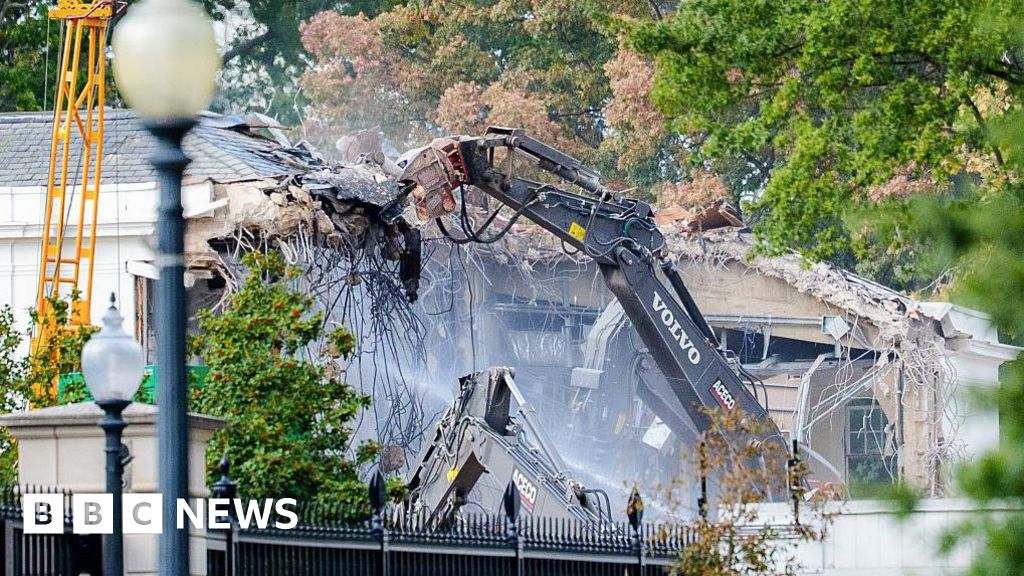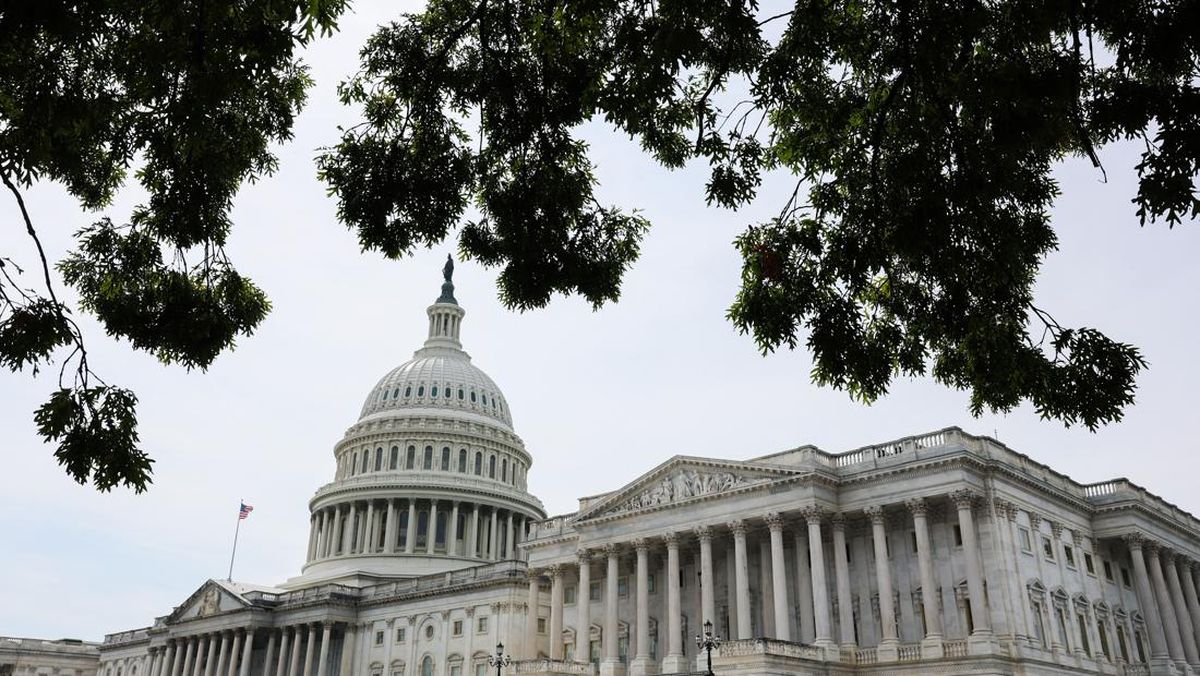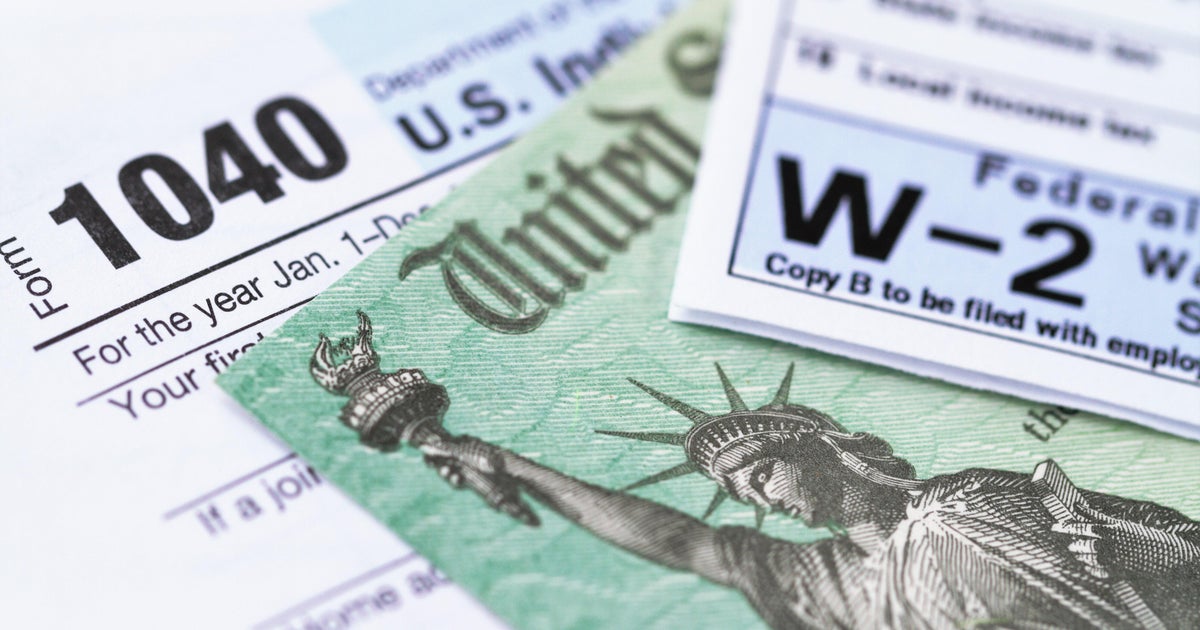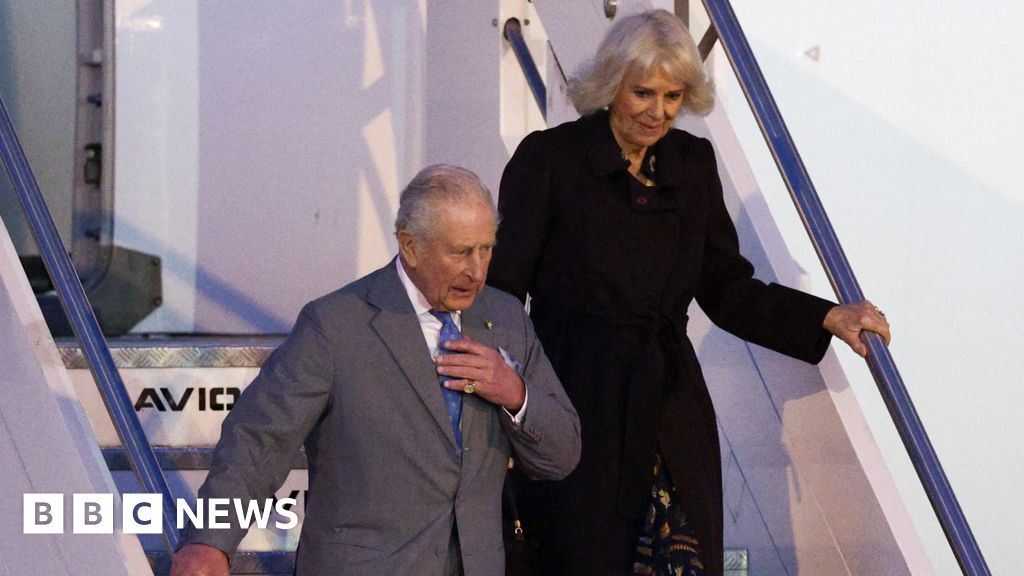It’s Wednesday morning, and Tim Sergiacomi is leading a dozen kids riding their bikes along the footpath on Annerley Road in Annerley on their way to school, as Life Is a Highway blares from a speaker clipped onto his Bakfiets cargo bike.
This bike bus is an anomaly – 70 per cent of Brisbane students are driven to school, adding thousands of cars to morning and afternoon peak hours.
But for many families who want to walk or ride to school, riding in a group with bright vests for visibility on the narrow footpath is the only way they feel their children are safe and seen on Annerley Road.

Tim Sergiacomi with the bike bus crossing from Annerley Road, across Ipswich Road.Credit: Felicity Caldwell
“A lot of the intersections [on Annerley Road] aren’t really designed for people walking and cycling,” Sergiacomi, a volunteer with Active Travel for Annerley, said.
“The school catchment is both sides of the road – a separated bike lane on both sides would be ideal.”
Between 2019 and 2024, there were 43 crashes on Annerley Road, which in parts is a twisting single lane in each direction, and its 60km/h speed limit is faster than others in the area.

Gladstone Road is 50km/h, Annerley Road is 60km/h and Ipswich Road is 50km/h.Credit: Felicity Caldwell
It connects to the six-lane Ipswich Road, which had its speed limit lowered to 50km/h in 2021 after a lengthy community campaign.
On the other side is the busy mostly four-lane Gladstone Road, which dropped to 50km/h in mid-2024 after a speed limit review prompted by community requests.
Brisbane City Council is running a study on Annerley Road to inform future designs to improve the way people walk and ride through the area – but it won’t consider a slower speed limit.
Average weekday traffic speeds, measured in March along various stretches of Annerley Road, ranged from 37.8km/h to 45.4km/h, even though the limit is 60km/h.

Active Travel for Annerley secured a grant to run bike buses to three schools on Brisbane’s southside.Credit: Felicity Caldwell
However, this council project is not an official speed limit review – which requires an assessment and sign-off by the council, state government and police – but an early phase of an investigation to inform a potential concept design for Annerley Road.
Any further project development would need more funding and another round of community consultation.
Public feedback received via an online map called for redesigned and more pedestrian crossings, removal of slip lanes, protected bike lanes and traffic-calming to stop rat-running in side streets.
One person pointed out crossing from the west to east side of Ipswich Road, where it meets Annerley Road, involved three different sets of traffic lights, which were not well-synced. A slip lane, and another street off to the left, Fanny Street, adds to the complexity.
“They all change far too quickly and don’t allow much time for anybody with mobility issues or who can’t do Gout Gout 100m times to cross the road,” they wrote.
The first “green man” crossing lasts for about seven or eight seconds, so the bike bus has to hustle to get across in time, and cars queued illegally across the third traffic light on Ipswich Road when the pedestrian light went green.
Bike bus co-ordinator Maylin Chuah said the program was funded by a state government grant and helped children ride to Yeronga, Junction Park and Dutton Park state schools on several regular routes.

Bike bus co-ordinator Maylin Chuah.Credit: Felicity Caldwell
“When we did initial surveys with everyone, asking why they didn’t ride, there were a lot of concerns about busy roads, safety, people not feeling confident riding with their kids on the road, steep hills, you’ve got to get to work,” she said.
“[The bike bus] really builds their confidence.”
Councillor Danita Parry said the council was working with residents to understand how they used Annerley Road to identify ways to make it more accessible for everyone.
“We’re always looking for practical ways to make it safer and easier for residents, visitors and commuters to get around our city,” she said.
Modelling from RMIT University found reducing speed limits from 50km/h to 30km/h on residential streets would significantly boost bicycle riding safety, and encourage more people to choose to ride a bike, without greatly affecting car trip times.
Bicycle Queensland has called for lower speeds in local neighbourhoods.
“When even Washington D.C. and Denver are making all their local streets 32km/h, let alone school zones, you know that Queensland’s street speeds are increasingly dumb,” Bicycle Queensland chief executive Matthew Burke said.
Most Viewed in Politics
Loading


















































